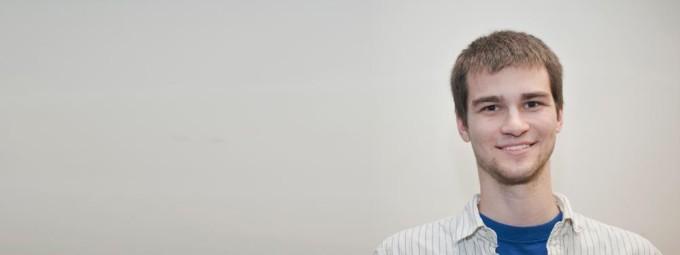Rob Moysey
Sports Editor
Like a 1000-piece puzzle, Ryerson athletics didn’t make much sense when the pieces were dumped out of the box and scattered onto the table. Athletes and students alike could only look at the pretty picture on the front of the box and wonder what might be.
But finally, the tedious process of searching for the right combination of pieces has begun to pay off. And after years of mismanagement, minimal funding, and an utter lack of direction, Ryerson athletics is now headed in the right direction.
Puzzles are always built frame first towards the inside, and Ryerson athletics is no exception. After toiling away in the crypt-like RAC, Ryerson athletics now has that sturdy frame to build around: Maple Leaf Gardens.
Due to be opened for fall 2011, MLG is the all-encompassing athletics hub the school has been yearning for in order to take its athletics program to the next level. Every varsity team and club will have a training facility right in their backyard that they will always have access to.
Like the majority of Ryerson students, athletes almost always had to commute far off-campus in order to compete, and that takes a significant chunk of time out of their days for studying.
This will undoubtedly boost not only their performance, but also their grades.
The puzzle frame is just the beginning of the process though: the real work is filling in the middle.
For Ryerson, that means building a sports community and a central place for athletics in the university.
“It’s a tough thing to build that community on campus when 90-some odd percent of people live off-campus,” said athletics director Ivan Joseph. “We need to build relationships with people and our athletes. We have not done enough to foster these relationships and instill them into [student] communities so that they want to be a part of our community.”
Things like the parade and picnic, the athlete residence move-in, and the canned goods drive as a good start.
But those kinds of initiatives, while helpful, and only partial solutions with little staying power. They are the final pieces to the puzzle, and we aren’t there yet.
If Ryerson wants to build an athletics community, then the focus of MLG should be on heavily promoting intramural and club-level sports and have varsity athletes get engaged with them.
It makes little sense to focus on attracting the students that care little about sports at Ryerson.
Instead, the focus should be on drawing the support of upcoming clubs and intramurals. After all, they are the people who are already invested in being part of the sports community at Ryerson. Like varsity athletes, sports club members put their heart and souls into promoting their teams and running their competitions.
They are the key puzzle pieces that connect to the frame and inch ever-closer towards the middle. Once that base of fans is set, then greater outreach to the student population at large can occur.
Make no mistake: Ryerson is never going to be an NCAA-style frat house. We simply do not have the space near campus for student housing and the funding restrictions in Canadian Interuniversity Sport ensures that only academics-first athletes will come to Ryerson.
But perhaps this perceived weakness is our strength. Rather than wishing we were an athletics powerhouse, we ought to acknowledge that the strength of our athletics lies in the connection that the average student can have with our athletes, who are students in the full sense of the word.
But these things come with time: 1000-piece puzzles don’t get built overnight. But at least the frame is in place.
That alone is reason for optimism.










Leave a Reply